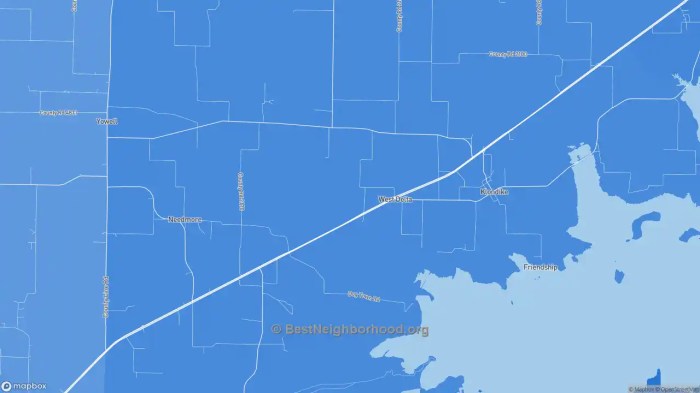Prepare for an extraordinary voyage into the heart of the Klondike Gold Rush, where dreams of fortune intertwined with unimaginable challenges. Embark on a journey through the annals of history, where we uncover the race to the klondike answers that shaped the destiny of countless souls.
The allure of gold ignited a fever that swept across the globe, drawing adventurers from all walks of life to the frozen wilderness of the Klondike. Join us as we delve into the motivations, struggles, and triumphs that defined this iconic chapter in human history.
Historical Context of the Klondike Gold Rush: Race To The Klondike Answers
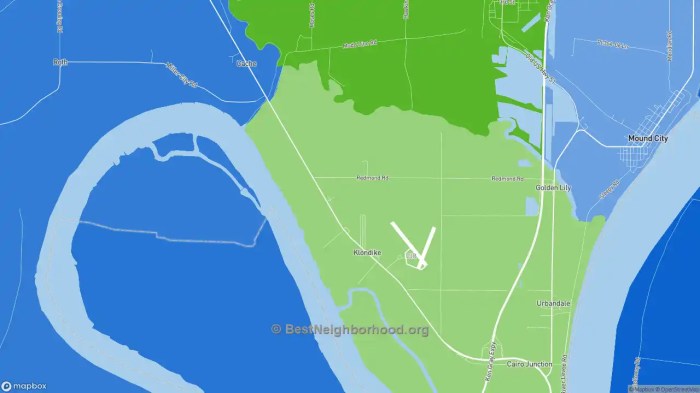
The Klondike Gold Rush was a period of intense migration and prospecting for gold that began in 1896 and lasted until 1899. It was triggered by the discovery of gold in the Klondike region of Canada’s Yukon Territory.
The gold rush attracted prospectors from all over the world, including the United States, Canada, and Europe. The majority of the stampeders were young, single men, and many had little or no experience in mining. They were motivated by the hope of striking it rich and making their fortune.
Digging into the fascinating history of the Klondike Gold Rush? Don’t miss out on the captivating case of Prentis v. Yale Mfg. Co. , which sheds light on the legal battles surrounding mining claims during that era. Its relevance to the race to the Klondike answers lies in its exploration of property rights and the complexities of resource extraction.
Continue your exploration of the Klondike Gold Rush, armed with this intriguing legal perspective.
Factors Leading to the Gold Rush
- The discovery of gold in the Klondike region in 1896.
- The widespread publicity given to the discovery, which attracted prospectors from all over the world.
- The relatively easy access to the Klondike region, which made it possible for even inexperienced prospectors to reach the gold fields.
Timeline of Key Events
- 1896:Gold is discovered in the Klondike region of Canada’s Yukon Territory.
- 1897:The first stampeders arrive in the Klondike region.
- 1898:The Klondike Gold Rush reaches its peak, with over 30,000 stampeders in the region.
- 1899:The Klondike Gold Rush begins to decline, as the gold supply dwindles and the cost of living in the region increases.
Demographics and Motivations of the Stampeders
The majority of the stampeders were young, single men, and many had little or no experience in mining. They were motivated by the hope of striking it rich and making their fortune.
Some of the stampeders were also motivated by a sense of adventure and the desire to experience the wilderness. Others were simply looking for a new start in life.
The Journey to the Klondike
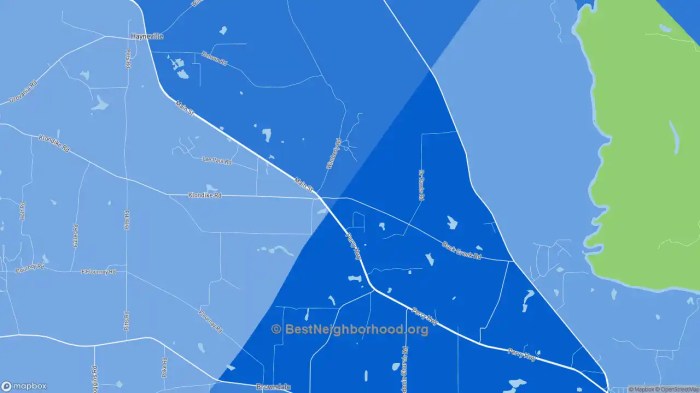
The journey to the Klondike was a daunting and perilous undertaking. Stampeders faced a treacherous trek through unforgiving wilderness, enduring harsh weather, treacherous terrain, and the constant threat of starvation and disease. The allure of gold, however, propelled them forward, driving them to endure unimaginable hardships in pursuit of their dreams.
Routes to the Klondike
There were three main routes to the Klondike: the Chilkoot Pass, the White Pass, and the Dyea Pass. The Chilkoot Pass, the most popular route, was a grueling 33-mile trail that required stampeders to climb over a 3,500-foot mountain pass.
The White Pass, a more accessible route, involved a 20-mile hike over a 2,800-foot pass. The Dyea Pass, the shortest but most dangerous route, was a 16-mile trail that crossed a steep and unstable glacier.
Challenges Faced by Stampeders
The journey to the Klondike was fraught with challenges. Stampeders had to contend with extreme weather conditions, including sub-zero temperatures, blinding snowstorms, and torrential rain. The terrain was treacherous, with steep mountain passes, treacherous glaciers, and dense forests. Food supplies were scarce, and stampeders often had to rely on hunting and foraging for sustenance.
Disease was also a constant threat, with outbreaks of scurvy, typhoid, and dysentery claiming many lives.
Methods and Equipment
Stampeders used a variety of methods and equipment to make their journey to the Klondike. They packed their belongings into backpacks, sleds, and toboggans. They used snowshoes and skis to traverse snow-covered terrain. They carried tools such as axes, shovels, and ropes to clear paths and build shelters.
They also carried firearms for hunting and protection.
Mining Techniques and Technologies
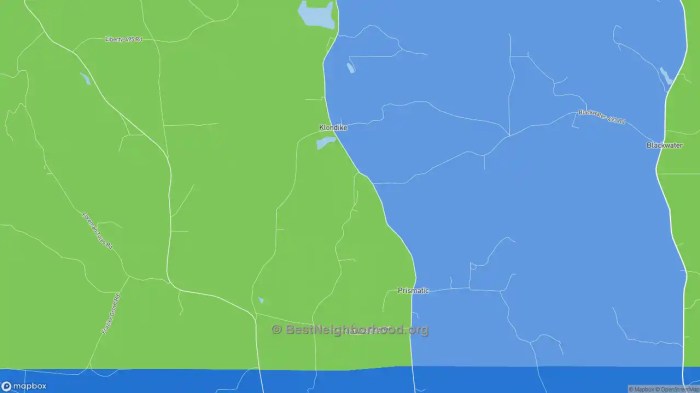
The Klondike Gold Rush attracted thousands of prospectors, each eager to strike it rich. To extract gold from the frozen ground, miners employed a variety of techniques and technologies, some more efficient and effective than others.
Panning
Panning was the most basic and widespread mining technique. Prospectors would fill a pan with gravel and water and swirl it around to separate the heavier gold particles from the lighter debris. While panning was relatively simple, it was also labor-intensive and time-consuming, and it could only be used in areas where the gold was relatively coarse and easy to spot.
Rocker Boxes
Rocker boxes were a more efficient way to pan for gold. These devices consisted of a wooden box with a series of riffles (cleats) on the bottom. The prospector would fill the box with gravel and water and then rock it back and forth.
The riffles would catch the gold particles, while the lighter debris would wash away.
Sluice Boxes
Sluice boxes were even more efficient than rocker boxes. These devices consisted of a long, sloping trough with riffles on the bottom. The prospector would place the gravel in the top of the sluice box and then let water flow through it.
The gold particles would settle in the riffles, while the lighter debris would be washed away.
Dredges
Dredges were the most technologically advanced and efficient gold mining devices used during the Klondike Gold Rush. These machines used a series of buckets to scoop up gravel from the riverbed and then washed it to separate the gold. Dredges were very expensive to operate, but they could extract gold from areas that were inaccessible to other methods.
Social and Economic Impacts of the Gold Rush

The Klondike Gold Rush left an indelible mark on the local economy, infrastructure, and society. It triggered a rapid influx of people, leading to economic growth and development but also exacerbating social tensions and conflicts.
Impact on the Local Economy and Infrastructure
- The influx of miners and prospectors created a surge in demand for goods and services, leading to the establishment of new businesses and the expansion of existing ones.
- The development of mining camps and towns provided employment opportunities for locals, but also strained the existing infrastructure, leading to shortages of food, shelter, and medical care.
- The construction of roads, railroads, and telegraph lines facilitated the transportation of supplies and people to the gold fields, boosting the region’s economic connectivity.
Social Changes and Conflicts
- The Gold Rush attracted a diverse population of people from all walks of life, leading to increased cultural exchange and interaction.
- The harsh conditions and competition for resources fostered a sense of lawlessness and violence, resulting in frequent conflicts between miners and law enforcement.
- Tensions arose between Indigenous communities and non-Native miners over land rights and access to resources, leading to displacement and cultural disruption.
Long-Term Legacy, Race to the klondike answers
- The Klondike Gold Rush transformed the Yukon Territory, leaving a lasting impact on its economy, infrastructure, and cultural heritage.
- The boom-and-bust cycle associated with gold mining shaped the region’s economic development, leading to fluctuations in population and economic activity.
- The legacy of the Gold Rush continues to influence the Yukon’s tourism industry, with historical sites and artifacts attracting visitors from around the world.
Cultural Representations of the Klondike Gold Rush
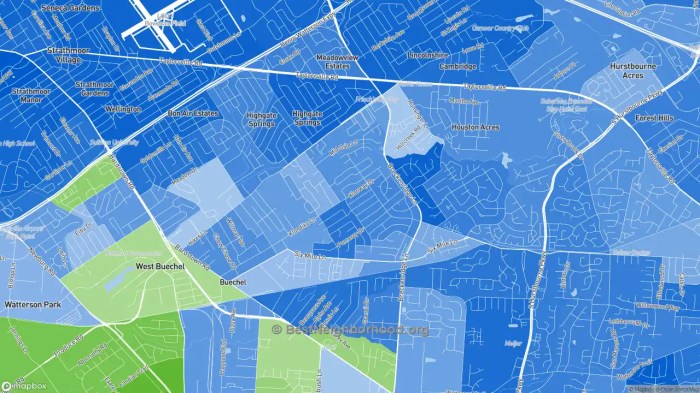
The Klondike Gold Rush has captivated imaginations for over a century, inspiring countless works of literature, film, and other forms of media. These representations have shaped our understanding of the event, both its historical accuracy and its cultural significance.
Many early accounts of the Gold Rush, such as Jack London’s “The Call of the Wild,” romanticized the experience, portraying it as a time of adventure and opportunity. However, more recent works have taken a more nuanced approach, exploring the harsh realities and social inequalities that also characterized the era.
Literature
- Jack London’s “The Call of the Wild”:A classic novel that depicts the struggles and triumphs of a dog named Buck during the Gold Rush.
- Rex Beach’s “The Spoilers”:A thrilling tale of greed, betrayal, and love set against the backdrop of the Gold Rush.
- Pierre Berton’s “Klondike: The Last Great Gold Rush”:A comprehensive historical account of the Gold Rush, focusing on its social and economic impact.
Film
- “The Gold Rush” (1925):Charlie Chaplin’s silent comedy classic that satirizes the Gold Rush experience.
- “Klondike Fever” (1980):A historical drama starring Richard Widmark and Rod Steiger, which follows the story of a group of miners during the Gold Rush.
- “The Yukon Gold” (2013):A Canadian miniseries that explores the lives of real-life figures involved in the Gold Rush.
Other Forms of Media
- Photography:Iconic images from the Gold Rush, such as those taken by Frederick Dally, have helped shape our visual understanding of the event.
- Songs and Ballads:Folk songs and ballads, such as “The Klondike Trail of ’98,” have passed down stories and legends of the Gold Rush.
- Museums and Historical Sites:Museums like the Klondike National Historical Park in Skagway, Alaska, preserve artifacts and tell the stories of the Gold Rush.
FAQ Resource
What were the main factors that triggered the Klondike Gold Rush?
The discovery of gold in the Klondike region of Canada in 1896 sparked a massive influx of prospectors seeking their fortune.
How did the stampeders travel to the Klondike?
Stampeders traveled by various routes, including the Chilkoot Pass, the White Pass, and the Yukon River.
What were the challenges faced by the stampeders during their journey?
Stampeders endured harsh weather conditions, treacherous terrain, and limited supplies during their arduous journey to the Klondike.
